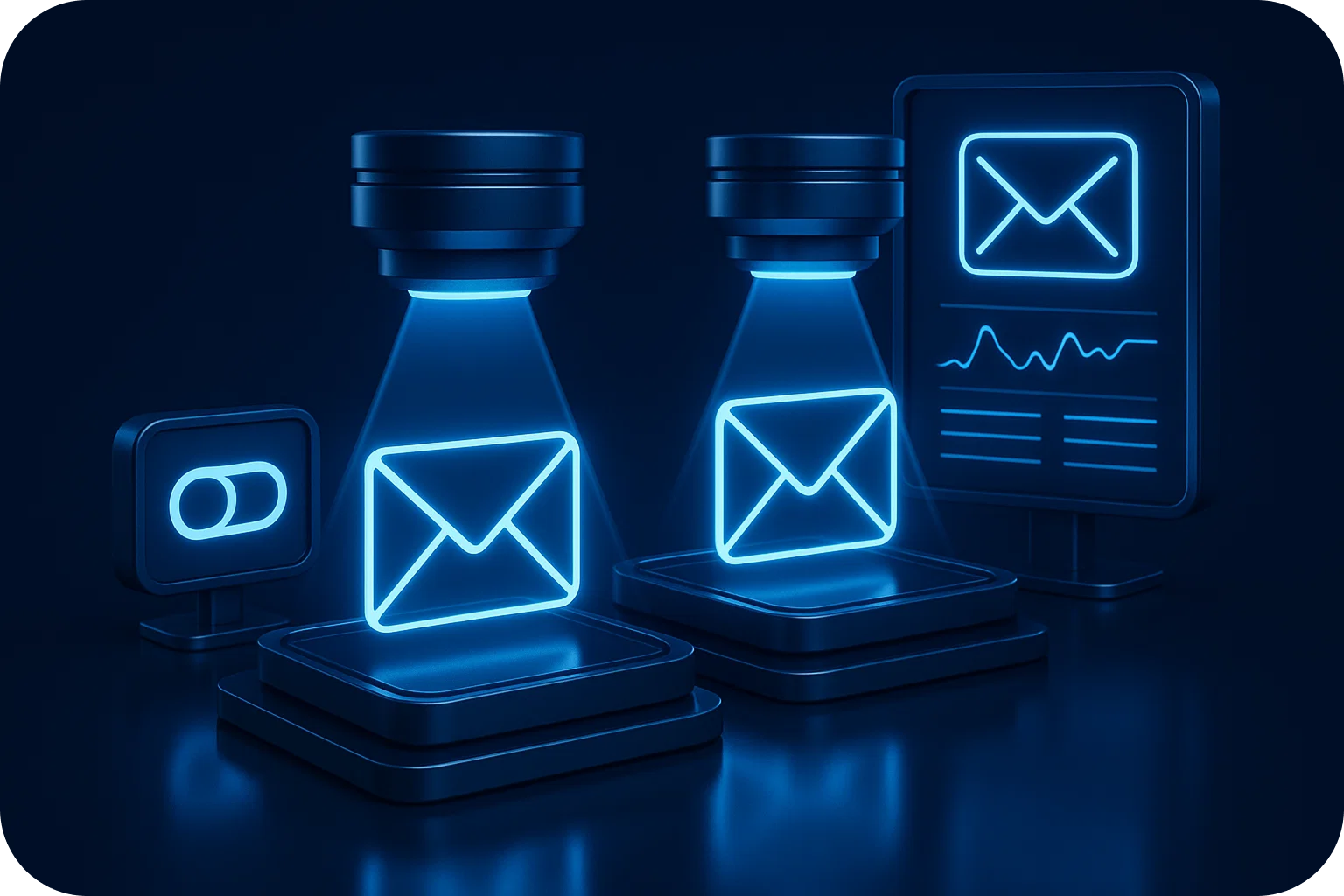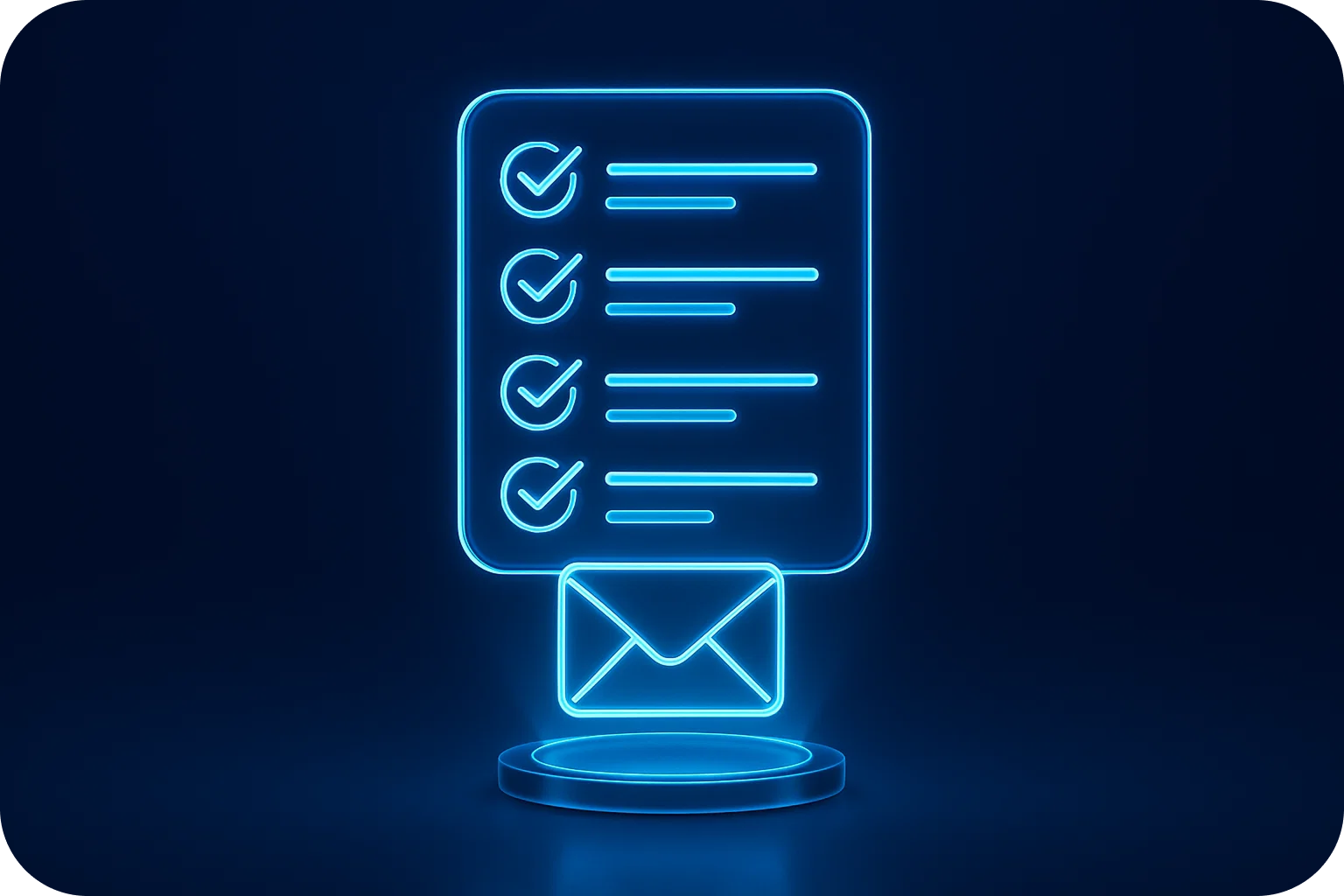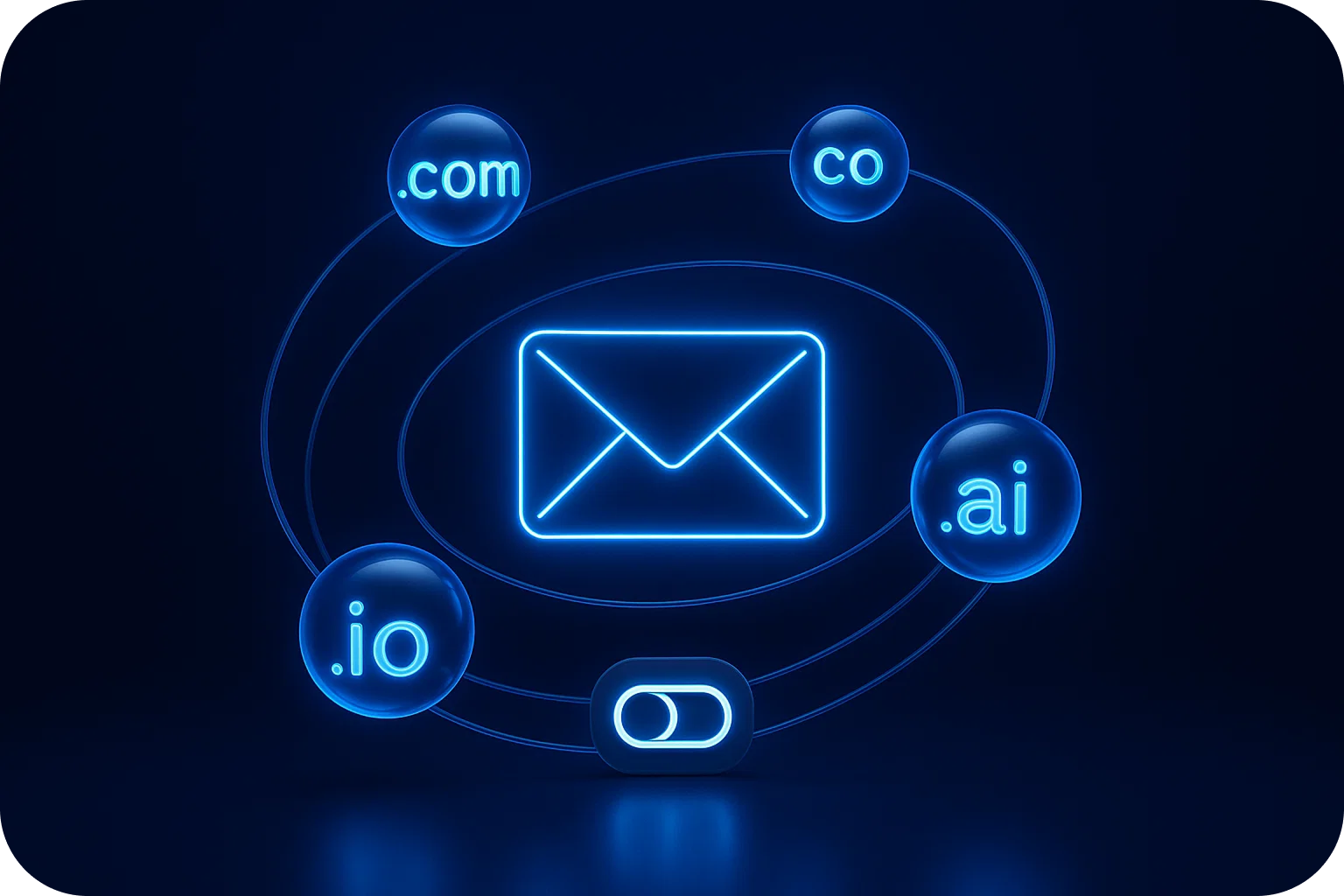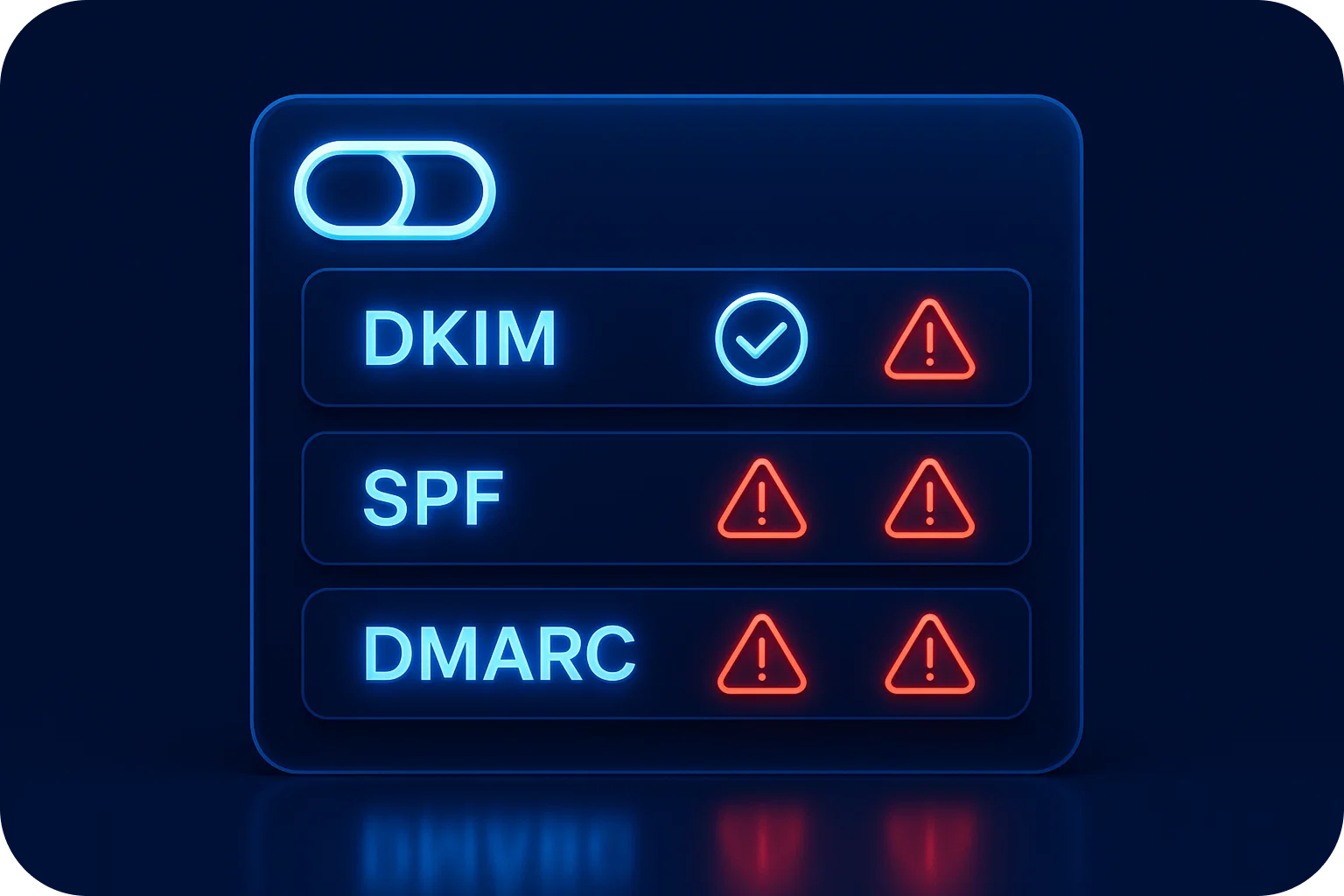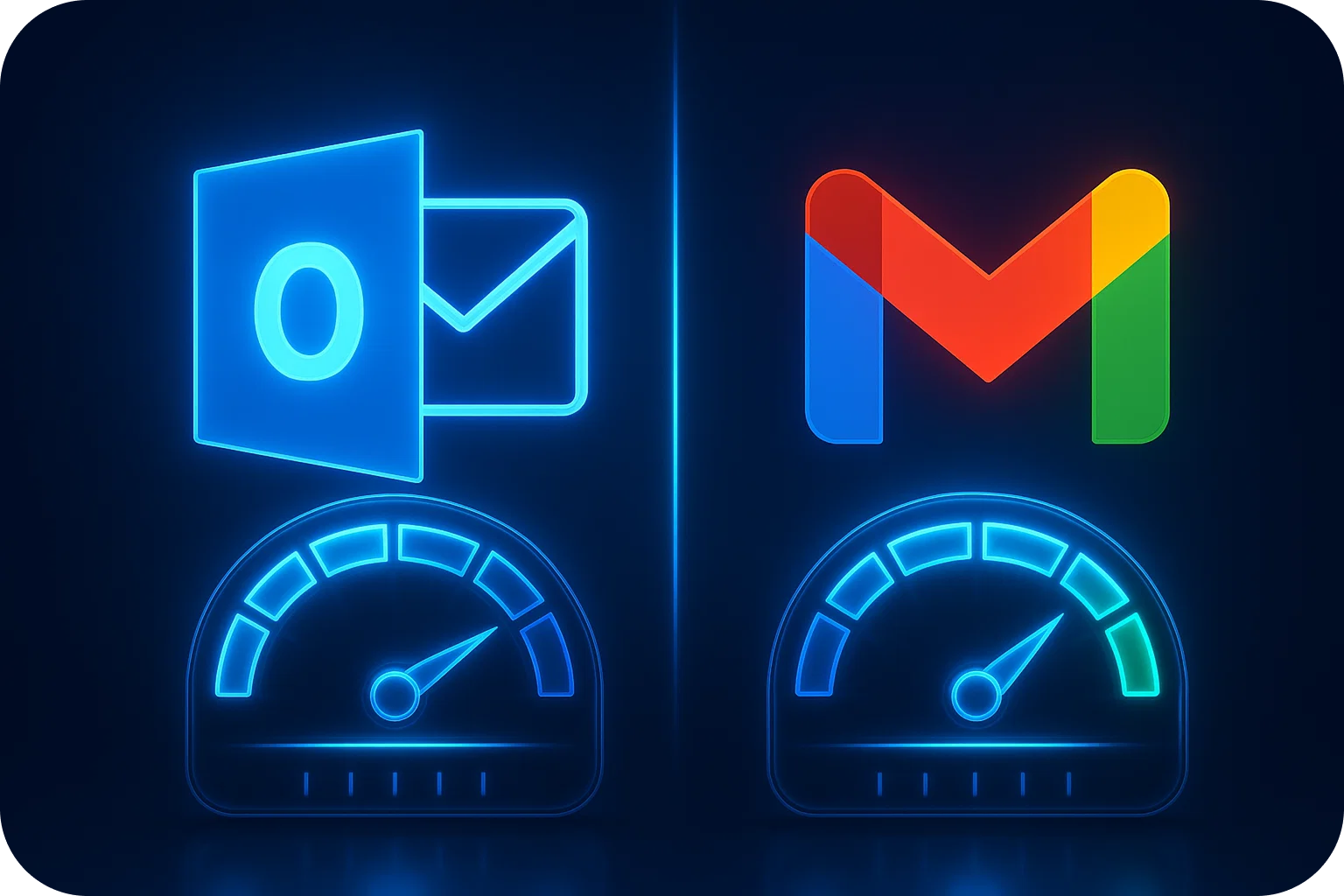The Cold Email Calendar: Best Days and Times to Send Based on 10M+ Data Points

Timing isn't everything in cold email outreach, but it's close. Send your perfectly crafted message at the wrong moment, and it gets buried under a mountain of Monday morning emails or lost in the Friday afternoon exodus. Send it at the right time, and you dramatically increase your chances of landing in the inbox, getting opened, and generating a reply.
After analyzing over 10 million cold email data points across industries, roles, and regions, we've identified clear patterns that separate high-performing campaigns from those that fall flat. This isn't guesswork or generic advice, it's actionable intelligence that can transform your outreach results starting today.
Why Email Timing Matters More Than You Think
Before diving into the data, let's address why send times impact your cold email performance across three critical metrics:
Inbox Placement: Email providers like Gmail and Outlook monitor engagement signals. When recipients consistently ignore or delete your emails, it signals low relevance. Sending when your prospects are most likely to engage improves these signals and protects your sender reputation.
Open Rates: Your email competes with dozens or hundreds of others for attention. Timing affects whether your message appears at the top of the inbox or gets pushed down by subsequent emails before your prospect even checks their messages.
Reply Rates: Even opened emails don't always get responses. Catching prospects when they're in "communication mode" rather than "deep work mode" significantly increases reply likelihood.
The Universal Best Times: What Works Across All Segments
Our analysis revealed three golden windows that consistently outperform other sending times across industries, company sizes, and geographies:
Tuesday Through Thursday, 8:00 AM – 10:00 AM (Recipient's Local Time)
This window captures professionals during their morning email review ritual. They've settled in with coffee, prioritized their day, and are actively processing communications. Open rates during this period average 23-28% higher than afternoon sends.
The mid-week timing avoids Monday's overwhelming inbox backlog and Friday's mental checkout. Tuesday and Wednesday show the strongest performance, with Thursday running a close third.
Tuesday and Wednesday, 1:00 PM – 2:00 PM (Recipient's Local Time)
The post-lunch window offers a second opportunity. Many professionals return from lunch breaks or meetings and check email before diving into afternoon tasks. This timing works particularly well for decision-makers who reserve mornings for strategic work and use early afternoons for communications.
Thursday, 4:00 PM – 5:00 PM (Recipient's Local Time)
Late Thursday afternoon captures prospects wrapping up their week's priorities. They're often in planning mode for the following week and more receptive to new opportunities or solutions. This timing generates 15-19% higher reply rates compared to the same window on other weekdays.
Industry-Specific Timing Patterns
While universal patterns exist, industry nuances can significantly impact results:
Technology and SaaS
Tech professionals check email throughout the day but respond most during early mornings (7:30-9:30 AM) and late afternoons (4:00-6:00 PM). They're often in meetings mid-day, making those windows less effective. Tuesday and Wednesday mornings generate the highest reply rates.
Finance and Professional Services
Financial services professionals follow strict schedules. Target Monday through Thursday between 6:30-8:00 AM or 5:00-6:30 PM. Avoid month-end and quarter-end periods when teams are buried in closing activities. Mid-month sends consistently outperform early or late-month timing.
Healthcare
Healthcare administrators and decision-makers have fragmented schedules dominated by patient care and operational demands. Wednesday and Thursday afternoons (2:00-4:00 PM) show the strongest performance. Avoid Mondays entirely—open rates drop by 34% compared to mid-week sends.
Retail and E-commerce
Retail professionals are most responsive Tuesday through Thursday mornings (8:00-10:00 AM) before daily operations consume their attention. Avoid weekends and holiday periods when teams are focused on customer-facing activities.
Manufacturing and Logistics
Manufacturing decision-makers respond best early in the week (Monday-Tuesday, 6:00-8:00 AM) when planning production schedules. Thursday and Friday performance drops significantly as teams focus on completing weekly production goals.
Role-Based Timing Strategies
Job function influences email habits as much as industry:
C-Suite Executives
Executives check email early (before 7:00 AM) and late (after 5:00 PM), often outside traditional business hours. Tuesday-Thursday sends between 6:00-7:30 AM generate 41% higher open rates than mid-day sends. Many executives also review email Sunday evenings while planning their week.
Mid-Level Managers
Managers balance meetings, team management, and individual work. Target Tuesday-Thursday between 8:00-9:30 AM or 3:30-5:00 PM when they're between scheduled commitments. Avoid lunch hours (12:00-1:30 PM) when calendar conflicts peak.
Individual Contributors
Individual contributors typically have more predictable schedules. Morning sends (8:30-10:00 AM) and early afternoon windows (1:00-2:30 PM) perform consistently well. Friday afternoons show surprisingly strong engagement as ICs wrap up weekly tasks.
Geographic and Time Zone Considerations
Time zone strategy can make or break international outreach:
North America
US and Canadian prospects respond best to sends that arrive between 8:00-10:00 AM local time. Always segment by time zone (Eastern, Central, Mountain, Pacific) rather than sending at a single time. Eastern time zone sends at 8:00 AM that reach Pacific contacts at 5:00 AM crater performance.
Europe
European professionals check email earlier than North American counterparts. Target 7:00-9:00 AM local time for optimal results. UK and Western European time zones show similar patterns, while Eastern European contacts respond slightly later (8:30-10:00 AM).
Asia-Pacific
APAC timing varies significantly by country. Singapore, Hong Kong, and Australian contacts respond well to early morning sends (7:00-8:30 AM), while Indian prospects show stronger afternoon engagement (2:00-4:00 PM). Always research specific country norms.
Days to Avoid and Why
Certain days consistently underperform:
Mondays: Inbox overload from weekend accumulation reduces visibility. Open rates drop 22% compared to Tuesday sends.
Fridays: Mental checkout begins after lunch. Afternoon Friday sends show 31% lower reply rates than Thursday equivalents.
Weekends: B2B cold email on weekends generates minimal engagement and can damage sender reputation. Save weekend sends for B2C campaigns where appropriate.
Holiday Weeks: The week of major holidays and the following week show significantly reduced engagement. Plan campaigns around holiday calendars.
Implementing Your Timing Strategy
Transform this data into results with these practical steps:
- Audit Current Performance: Review your existing campaign data by send day and time to identify your baseline patterns.
- Segment Your Lists: Organize prospects by industry, role, and time zone to enable targeted timing strategies.
- Test Systematically: Run A/B tests comparing your current timing against recommended windows. Measure open rates, reply rates, and inbox placement.
- Use Scheduling Tools: Leverage email automation platforms that support time zone detection and scheduled sending to scale your timing strategy.
- Monitor and Adjust: Email habits evolve. Review performance quarterly and adjust timing based on your specific audience data.
The Bottom Line
Optimal email timing isn't about finding one magic hour, it's about understanding your specific audience and aligning your sends with their communication patterns. The data shows clear winners: Tuesday-Thursday mornings, mid-week early afternoons, and late Thursday afternoons consistently outperform other windows.
But the real competitive advantage comes from combining these universal insights with industry, role, and geographic nuances specific to your target market. Start with the proven patterns, test rigorously, and refine based on your results.
When you combine compelling copy, strong deliverability infrastructure, and strategic timing, you create a cold email system that generates consistent, predictable results. And in the world of outreach, consistency is what separates occasional wins from scalable growth.
Ready to optimize your cold email infrastructure for maximum deliverability? Mailpool provides the technical foundation, so your perfectly timed messages actually reach your prospects' inboxes.
More articles
Get started now




%201.png)
